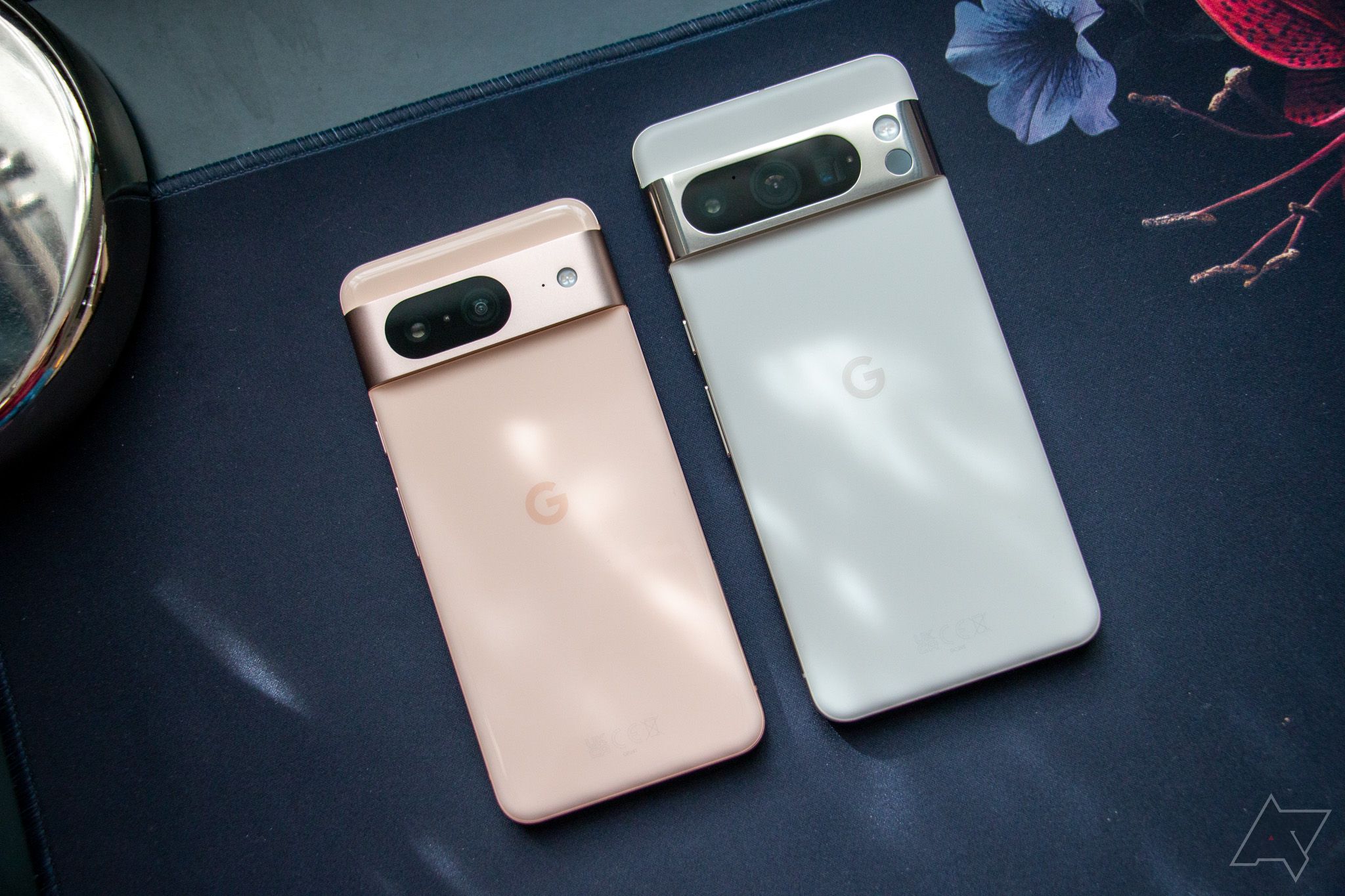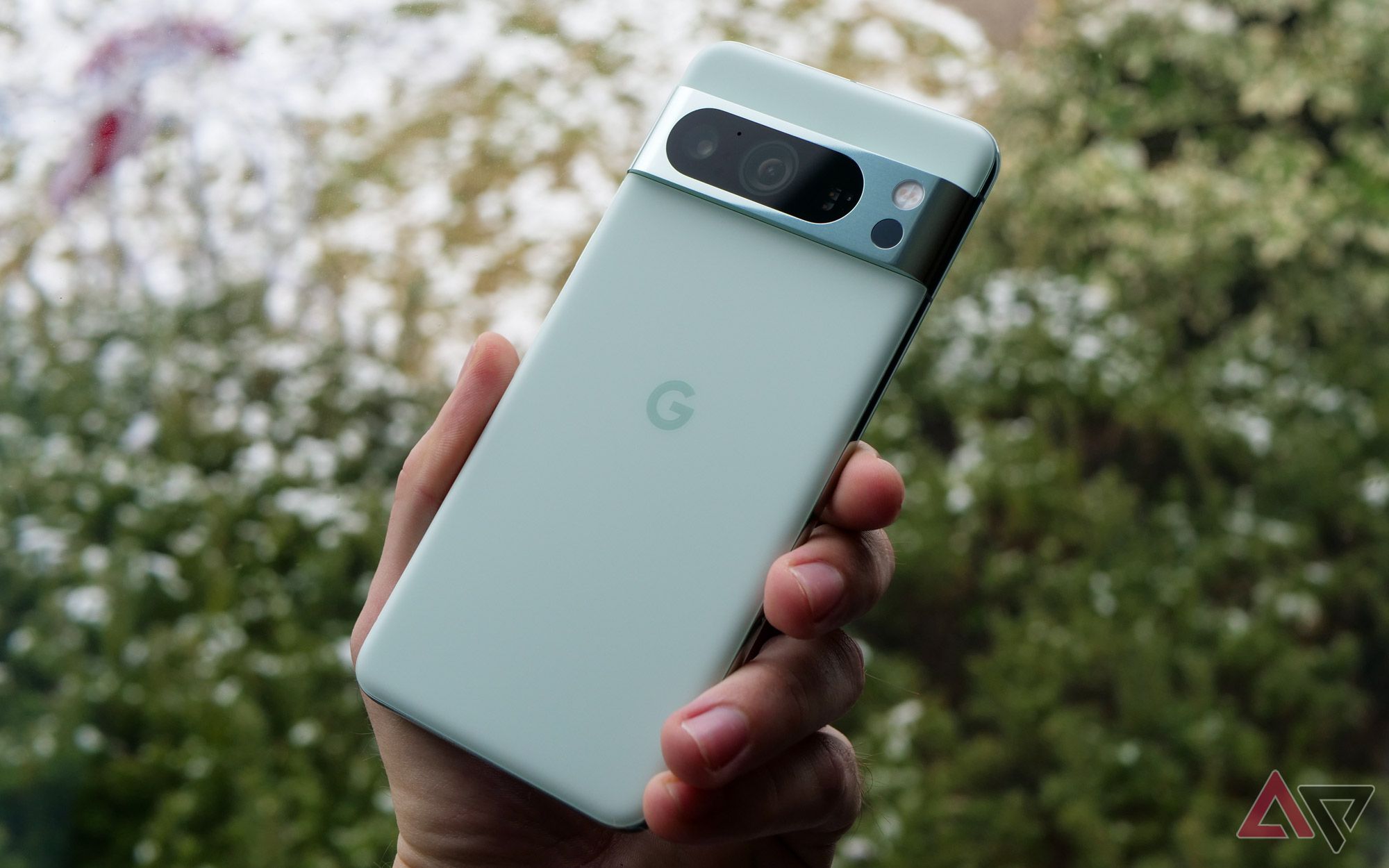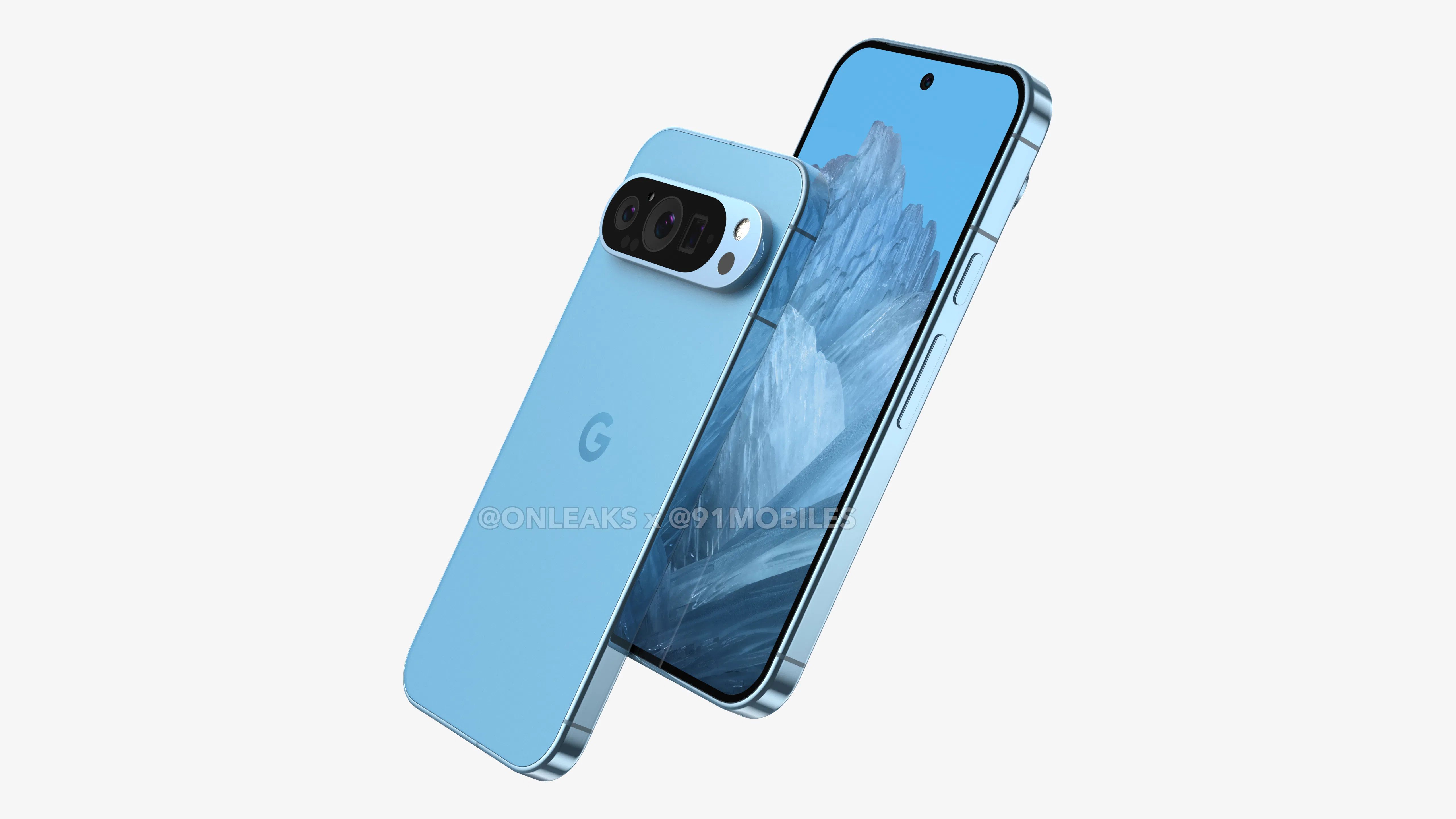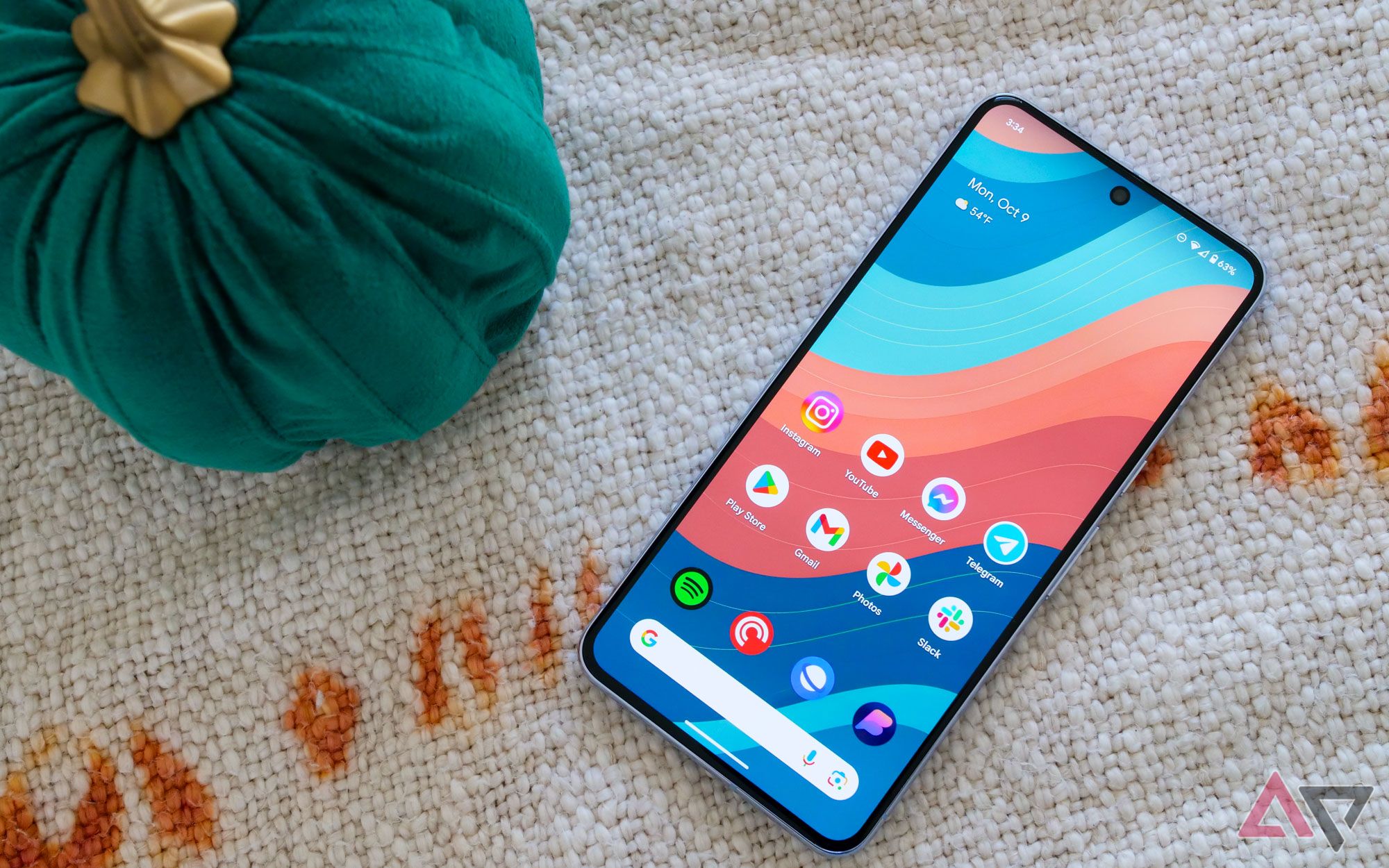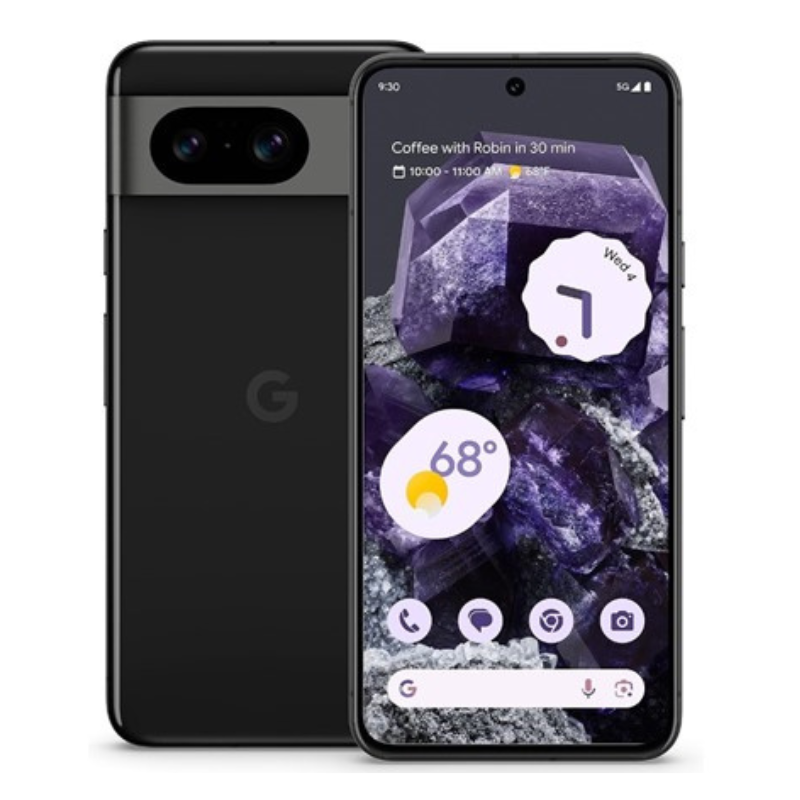This week, we got another big Pixel 9 leak, one that completely redefines how we’re thinking about the entire lineup. Rather than developing just two smartphones, Google is actually working on a trio of Pixel 9 units. One is a direct successor to the Pixel 8, while the other two models will split the Pro series in half, offering a smaller model with a telephoto lens for the first time since the Pixel 4. It’s a page seemingly borrowed from Apple’s playbook in particular, dividing a similarly premium experience across two sizes of smartphone.
But when you look at the entire leaked Pixel lineup for 2024 — not including the Pixel Fold 2, which seems to exist in its own realm — it feels like Google’s smartphone series is in a weird spot, specifically when trying to compare it to current-gen pricing. Really, it feels like this year’s launches could spell the end of Pixel as a “value” selection, whether or not the company is actually even ready for that move.
Google’s Tensor era has been all about value
But it’s come at the cost of true fit and finish
Since the move to Tensor, Google’s smartphone lineup has seen its ups and downs. There’s a lot to like about these phones — believe me, I’ve reviewed more than half of them, and used all but the Pixel 6 Pro and Pixel 6a as a daily driver. But plenty has held the Pixel lineup from greatness since its reinvention in 2021. Performance issues, delayed updates, and headache-inducing bugs have been seen on practically every Tensor-powered phone, and that’s to say nothing of device-specific headaches like the Pixel 6’s poor reception.
In many ways, Google has held these products back from greatness compared to the more stable experiences offered by, say, Samsung. In turn, the company was able to downplay much of this criticism by selling its phones at prices well below the competition. The Pixel 6 and Pixel 7, for example, only cost $600, while their Pro counterparts each launched at $900. Compare these models to, say, the Galaxy S22 series, which spanned from $800 to $1,200 depending on your preferred model, and you can see why Google’s smartphones looked a lot more compelling to budget-minded shoppers.
That’s not even accounting for frequent discounts, often appearing just one month after launch, or the Pixel A-series, which offered similar experiences at even cheaper prices. Combined, these elements made it all too easy to ignore some — not all, but some — of the issues we’ve seen come and go over the last two and a half years.
With the Pixel 8 series, though, things have started to change. The smaller model still costs just $700, but at $1,000, the Pixel 8 Pro is priced identically to the Galaxy S24+. Factor in those sales and Google’s smartphones usually come out on top, but considering just how excellent Samsung’s hardware is these days — and, even more crucially, how stable One UI feels — and it’s no wonder why I’m finding Pixels harder to recommend to regular users. There’s just too many headaches, and the price difference isn’t nearly as big as it once was.
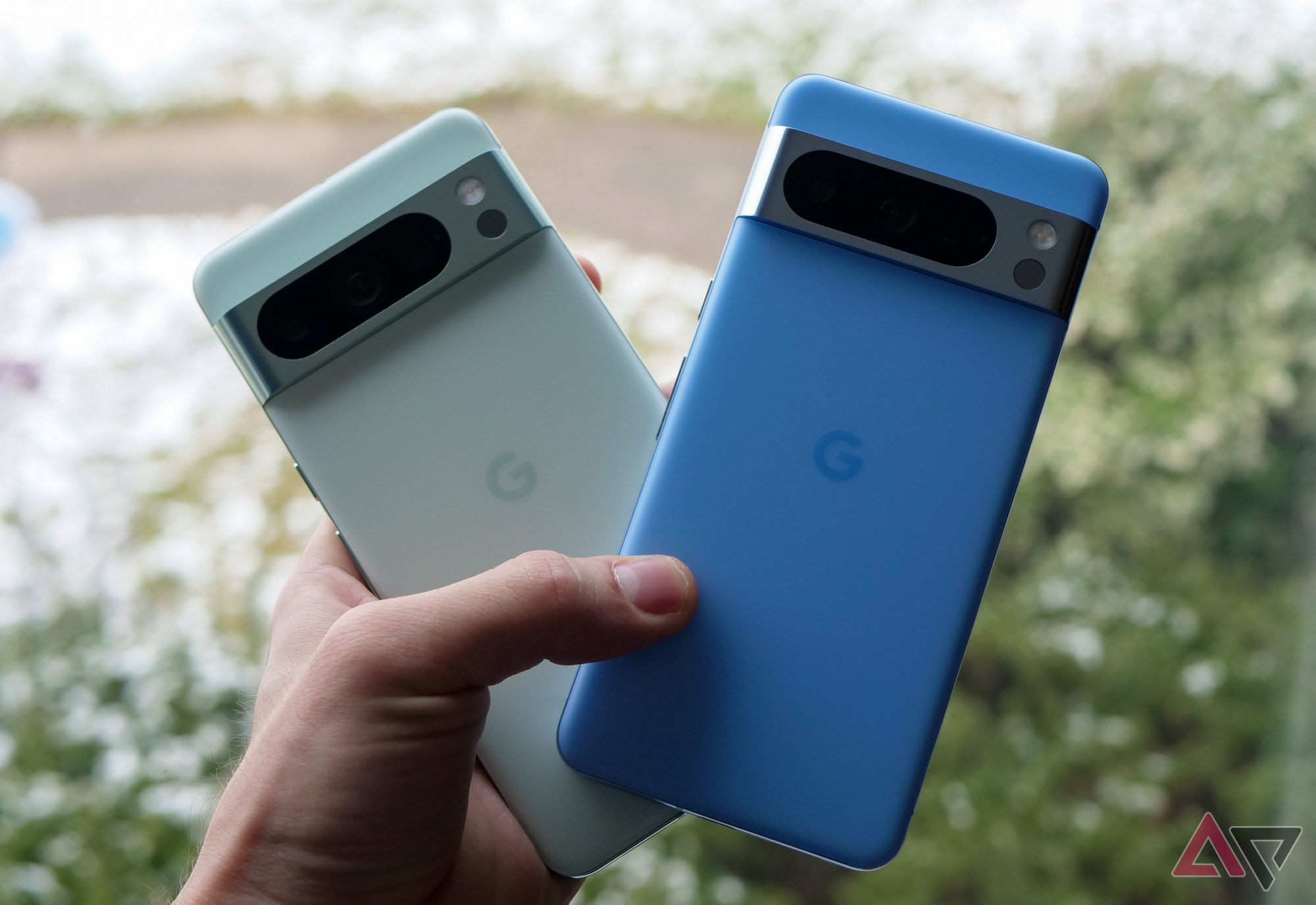
Google’s inconsistent Pixel experience makes its phones impossible to recommend
Three generations into the Tensor experiment, the time has come to stop making excuses for Google’s buggy software
Google’s moving towards Pro hardware — and Pro prices
But can the overall experience hold up?
With the upcoming Pixel 9 series, I think Google’s about to drop its budget mindset entirely. The company now has two Pro-branded models to sell: the 6.2-inch Pixel 9 Pro, and the please-don’t-actually-be-called-this 6.7-inch Pixel 9 Pro XL. That’s in addition to a regular Pixel 9 and the Pixel 8a that we expect to launch at I/O in May. With this many phones, Google either has to risk undercutting its own sales by pricing its devices too close to each other, or — more likely — raise costs across the board to establish a more premium user experience.
I’ll admit, my brain defaulted to the former. Originally, I sat down to try to figure out the math here, assuming — perhaps foolishly — that Google wouldn’t blow past the $1,000 mark for the Pixel 9 Pro XL, all while having to start at a rumored $550 price point for the Pixel 8a. Four phones spread over just $450? You can feel the cannibalization happening in real time.
It wasn’t until a conversation on this week’s Android Police podcast (a very good podcast, if I do say so myself) with former AP EIC Daniel Bader that I realized there’s a reason that math doesn’t work. With two Pixels adorned with Pro branding, Google can spread its pricing range up into a much higher tier, likely marking the end of its smartphone series living in this budget flagship space. In fact, considering that leaked roadmap from 2022 doesn’t mention a Pixel 9a for 2025, Google might be looking to exclusively target the high-end space with new hardware starting next year.
A Pixel pricing structure rivaling Samsung and Apple
Matching its closest rivals
And so, here’s how I see it. The Pixel 8a will already be on sale for (likely) $550 when the Pixel 9 debuts this fall. You slot in the basic Pixel 9 at a new price of $800 — matching the Galaxy S24 and standard iPhone 15 — while the 6.2-inch Pixel 9 Pro lands at the $1,000 tier. The Pixel 9 Pro XL, meanwhile, moves into the $1,100 or $1,200 space, mirroring Apple’s strategy for its iPhone 15 Pro and Pro Max. Not only is that a much healthier $650 spread between the Pixel 8a and the Pixel 9 Pro XL, but it helps to set higher profit margins on both Pro models as a whole. And hey, it brings back the same $800 to $1,200 range Samsung uses — go figure.
Here’s the problem: Google has yet to fix those underlying fit and finish issues plaguing its phones, and it’s unclear if anything will change this year. Tensor G4 is set to be a small improvement over its predecessor, with the real changes — and a move to a fully custom, TSMC-manufactured chipset — currently rumored for 2025. But remember, that SoC was originally meant for the Pixel 9, which would’ve set Google up perfectly to move up into this higher-end range of smartphones.
If the company does have one thing going for it, it’s a shift to exclusively supporting Tensor-based devices with Android 15. Without having to simultaneously develop its Pixel experience for both Qualcomm and Tensor-based hardware, we could see big improvements in stability from Google starting with this fall’s OS launch. That said, let’s not get ahead of ourselves — the company has a long way to go to prove it’s on the right path.
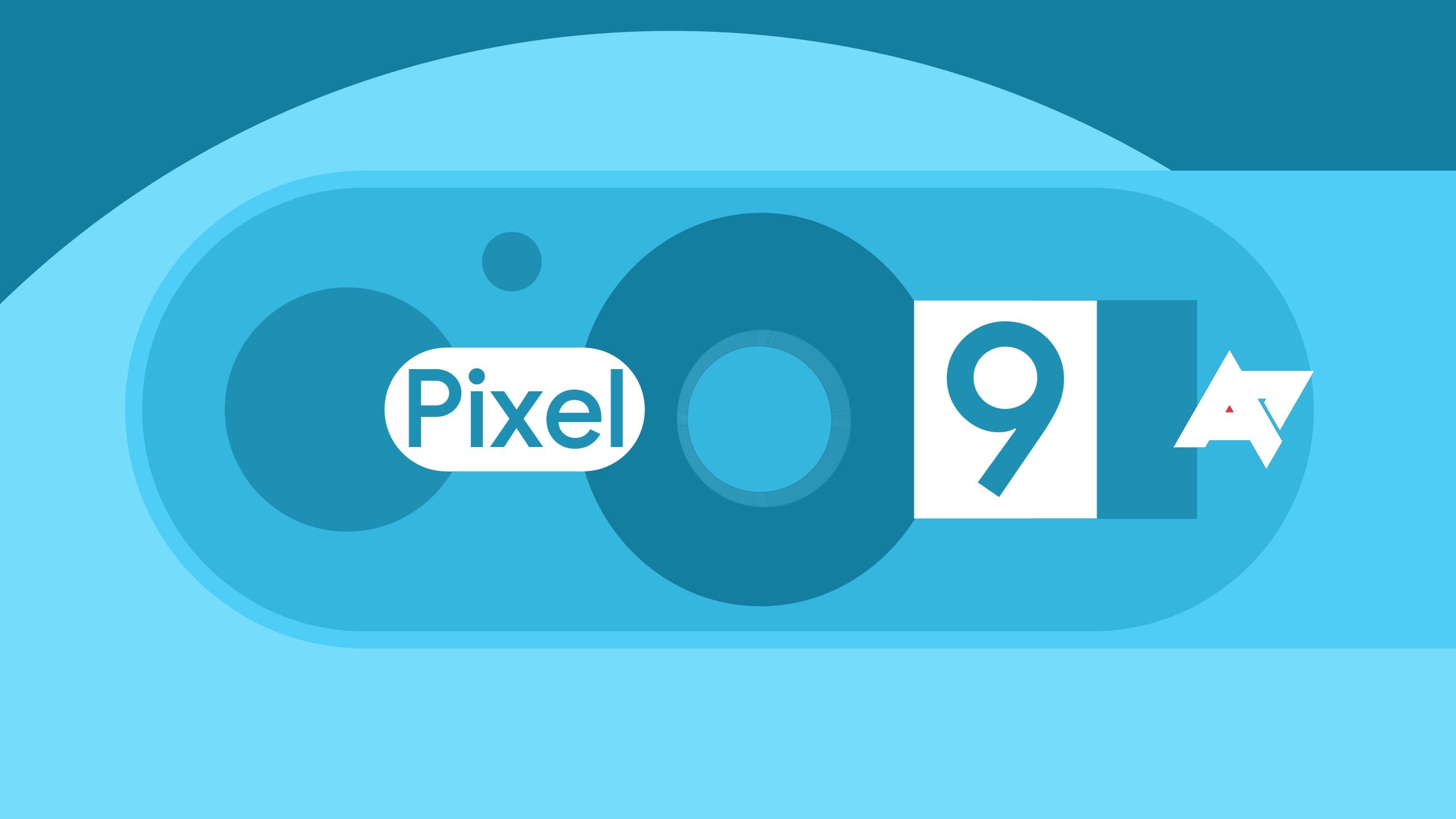
Google Pixel 9: News, leaks, rumored price, and release window
The Pixel 9 series is Google’s biggest mobile shakeup since Tensor — here’s what we’re expecting
Start saving your pennies for that next Pixel
If Google is making this jump one generation too early, it’ll be pretty obvious once the Pixel 9 review embargo is lifted come October. Reviewers — myself included — are less likely to be as forgiving towards inconsistent experiences if you’re paying Apple and Samsung prices for lower-quality hardware.
That said, we won’t really know what Google has in store for Pixel fans until it takes the stage this fall, and with months to go, pricing details might not even be set in stone yet. Just don’t be surprised if this year’s hardware costs a lot more than it used to — even if Google’s not quite ready to justify it.
-
Google Pixel 8
$499 $699 Save $200The Google Pixel 8 is Google’s best phone yet, and it’s the most distinct regular model when compared to the Pro version. It comes with a wonderful form factor that fits well in the hands and has the usual software prowess that you expect from a Pixel.
-
Google Pixel 8 Pro
$749 $999 Save $250The Google Pixel 8 Pro is the company’s latest flagship, boasting a new Tensor G3 chip, a brighter screen, and a new camera array capable of capturing even more light. As usual, the real power lies in Google’s Tensor chip, which offers even more photo enhancement and image editing features.




